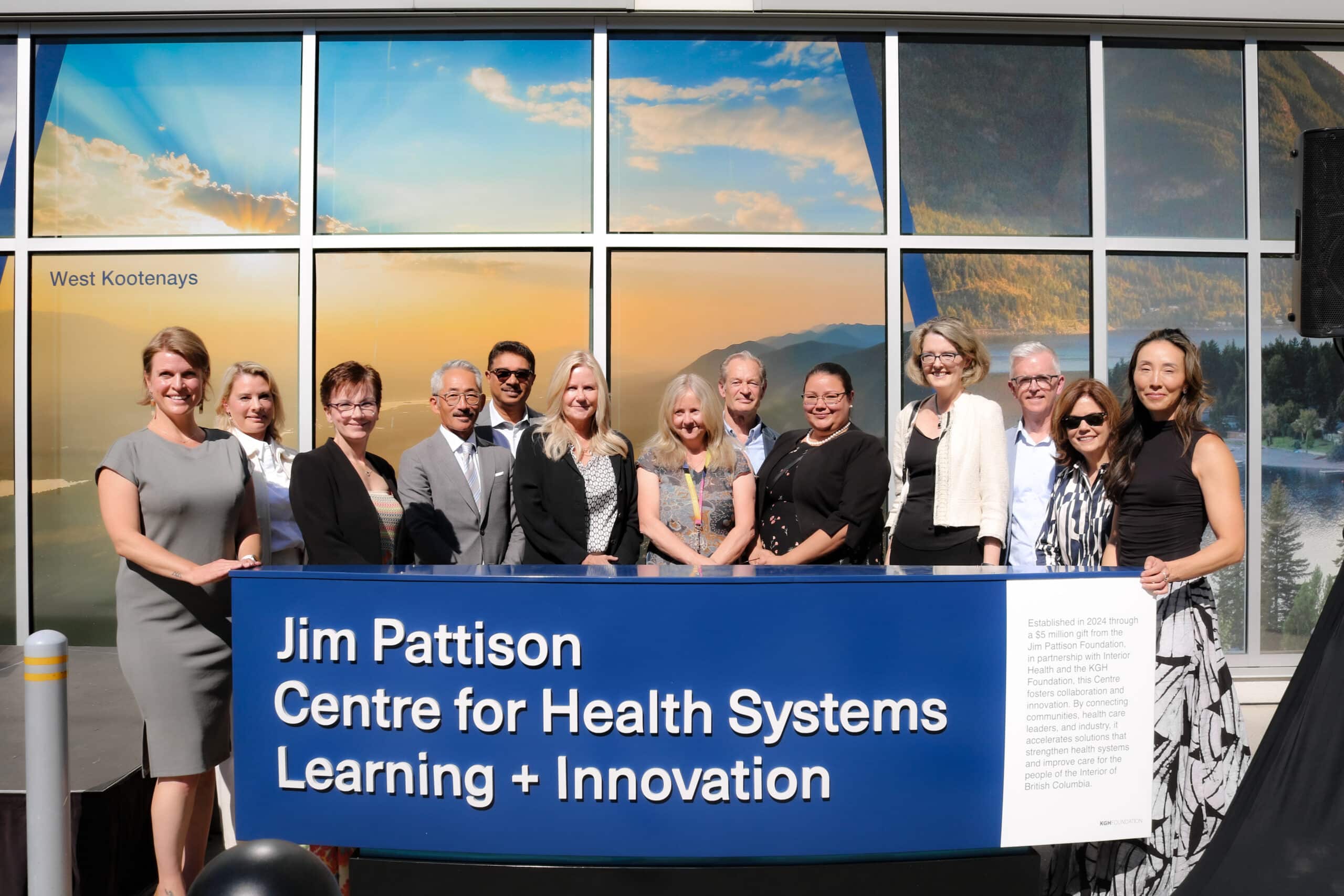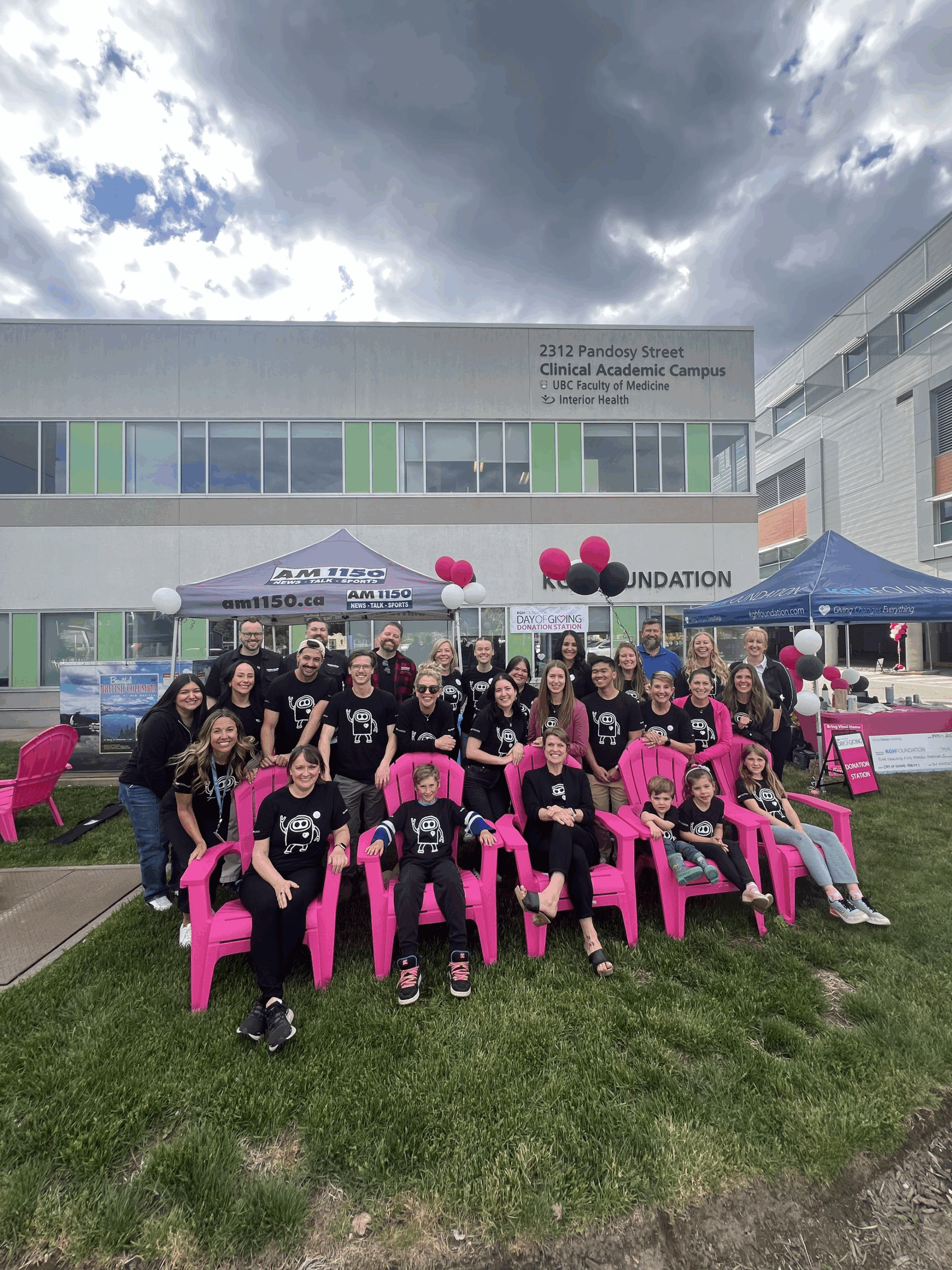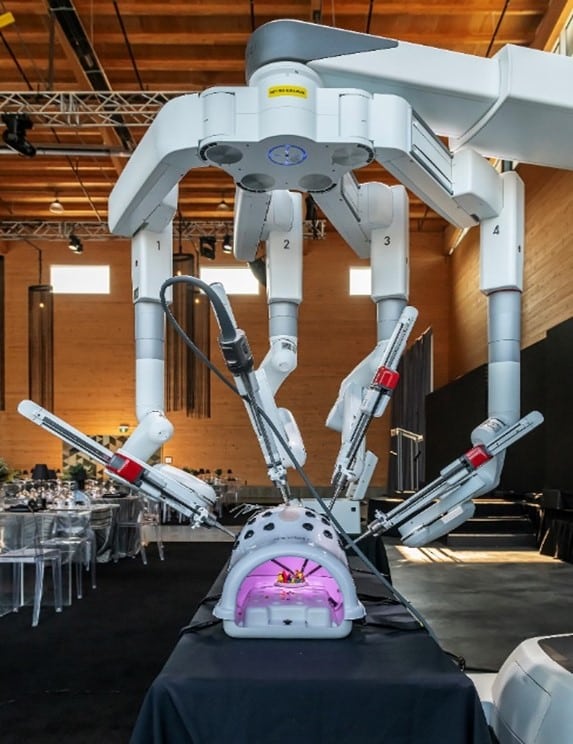SCIENCE & INNOVATION
STICKING TOGETHER
A new technology that could be a game changer in infection control is now being tested right here at Kelowna General Hospital, thanks to an innovative partnership and the support of KGH Foundation donors.
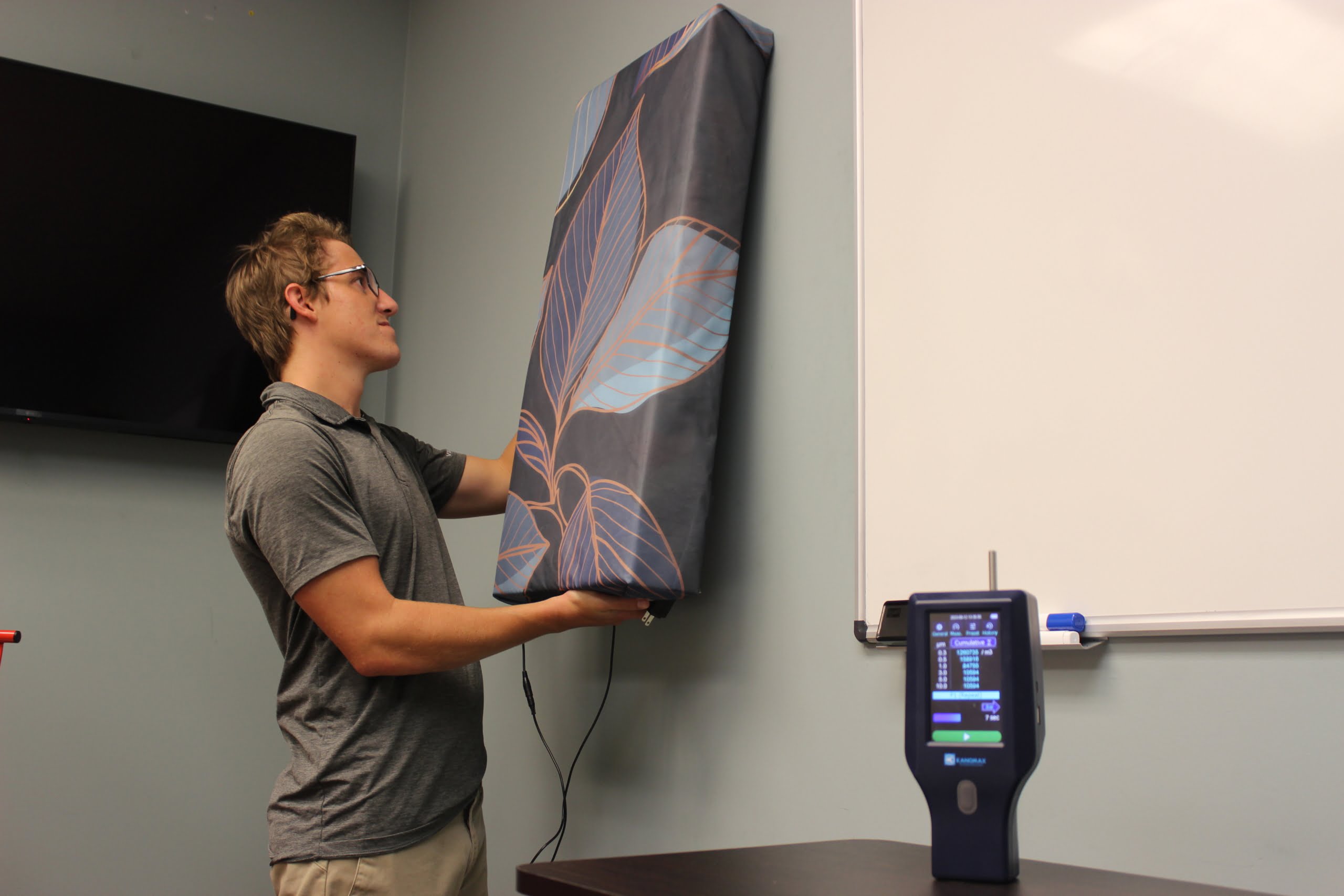
“The simplest way to describe it is that it’s similar to a fly strip that you’d see hanging in a garage,” explains Dr. Deanne (Dee) Taylor, Interior Health’s Corporate Director of Research. “But in this case, it attracts the viruses and bacteria, and they subsequently stick to it. The result is the mitigation of the spread of viruses and bacteria that may cause illness for people.”
C-POLAR Technologies is a global company headquartered in the US with a research and development centre in Canada. The innovative technology they have been developing has a particular charge on it that attracts viruses and bacteria. It has been verified by leading third-party academic laboratories globally.
“It’s a remarkable technology with huge potential impact,” says Dr. Taylor.
C-POLAR (short for cationic polarization) has a variety of uses, from ventilation and personal protective equipment to room furnishings and medical equipment. It has been examined by the UBC Okanagan’s Airborne Disease Transmission Research Cluster (ADTRC), approved by the World Health Organization and put into practice in hospitals all around the world. The result is a more secure atmosphere for both patients and front-line staff.
Not only is the technology novel, but the partnership that’s bringing it to life is remarkably unique.
Dr. Taylor explains, “We were in the throes of the pandemic when I received a call from Dr. Alan Rabinowitz, a Cardiologist at St. Paul’s Hospital in Vancouver. He shared the concept of C-POLAR. We immediately recognized the incredible opportunity for collaboration and got to work.”
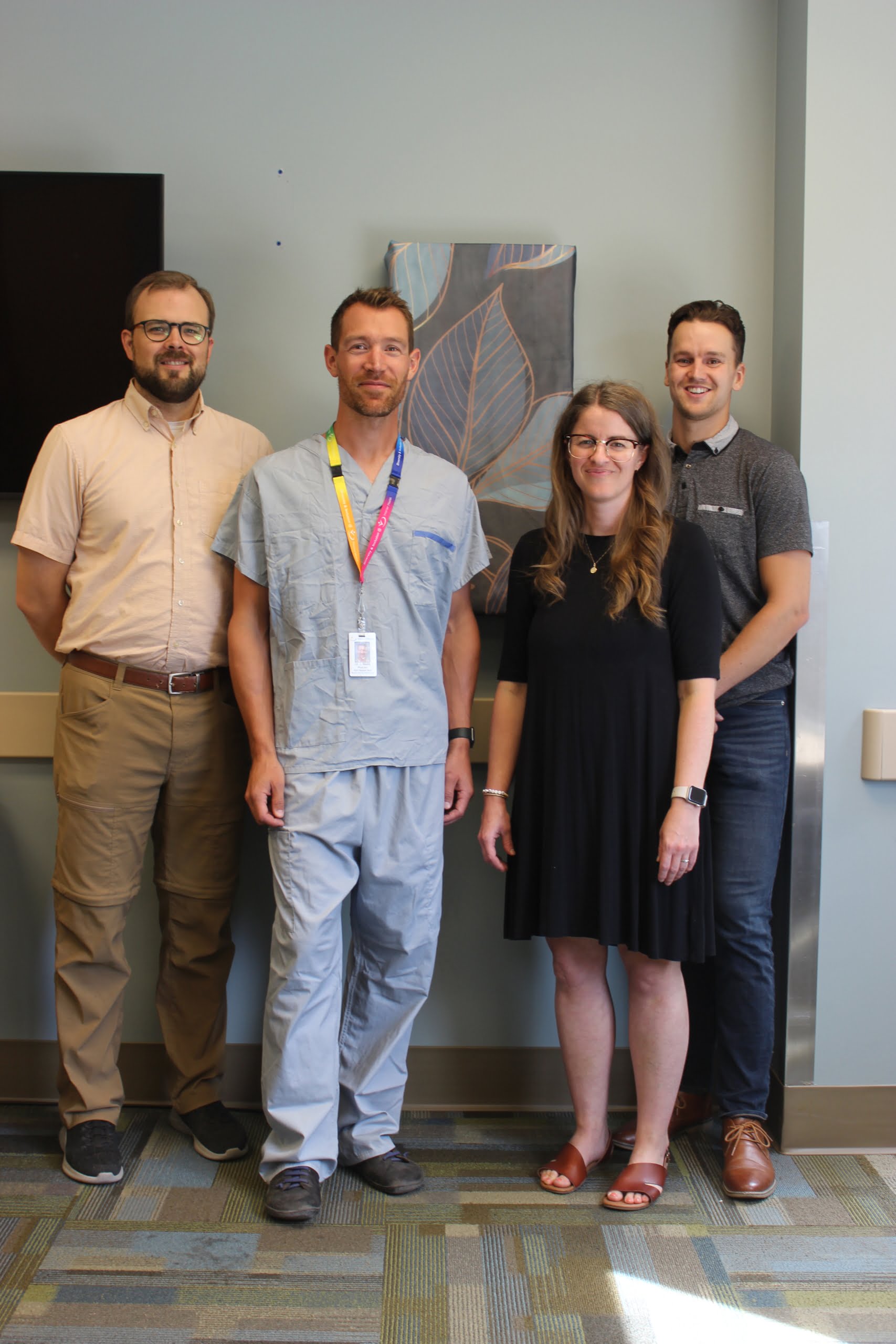
Calling on partners at UBC Okanagan, who had already been working on airborne disease transmission, Drs. Taylor and Rabinowitz submitted a grant application to the KGH Foundation to test the technology in a local hospital setting. Utilizing the initial KGH Foundation grant, Dr. Taylor spearheaded a public-private partnership with C-POLAR.
“We considered what would work best for patient care,” shares Dr. Taylor. “Something that wouldn’t take up space and something that wouldn’t make noise was ideal. Since C-POLAR can be applied to unconventional materials, our team came up with the unique concept of using it on artwork in the hospital. The C-POLAR charged art, which is positively charged, will attract the negatively charged airborne viruses and bacteria and mitigate the actual bacterial and viral count in that particular area by upwards of 90 percent.”
“In a hospital setting, this kind of innovation is truly a game changer, dramatically reducing airborne bacteria and virus particles in environments, like hospitals, where people are often unwell and vulnerable,” says Allison Young, CEO of the KGH Foundation. “Wrapping the technology with beautiful artwork is really going the extra mile – the kind of ingenuity that needs to be supported in our health system.”
“Talk about performing double duty!”
Buoyed by the promising early results, Dr. Taylor applied for and has now been approved for added funding through the BC Ministry of Health. As is increasingly the case, donor funding for projects like C-POLAR can be the catalyst for unlocking provincial funding. This is one of the first projects to receive funding through the ministry’s Innovation Pathway Program, which aims to support the testing and assessment of promising innovations in health system settings.
“We know that we can accomplish incredible things when we work together,” states Allison. “Partnerships like this, where non-profit, government and the private sector come together to drive innovation towards a common goal are an important investment in the long-term success of our health care systems.”
The final word though, comes from Dr. Taylor. “We are grateful to the donors who have made this collaborative initiative possible. It very much embodies the kind of innovation and partnerships that the KGH Foundation promises through its ‘Closer to home than you think’ fundraising campaign. It is innovations such as this that will drive health care forward, right here at home… and beyond.”
